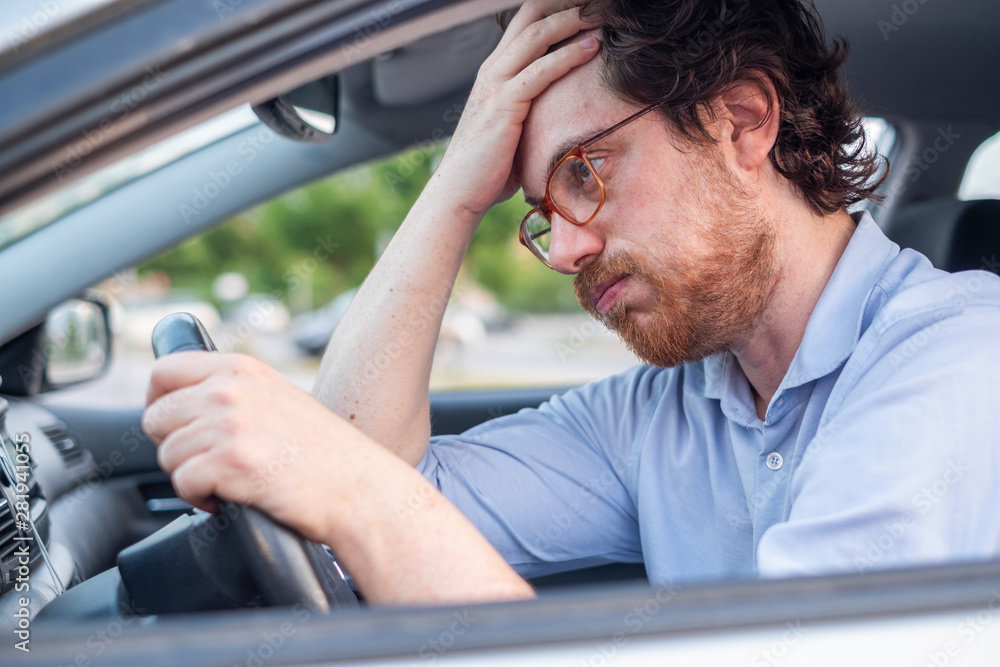 The UAB Traumatic Brain Injury Model System (UAB-TBIMS) led a collaborative research study on crash risk following return to driving after moderate-to-severe TBI. Collaborative centers included the Virginia Traumatic Brain Injury Model System, Mayo Clinic Traumatic Brain Injury Model System, University of Washington Traumatic Brain Injury Model System, Moss Traumatic Brain Injury Model System, Rocky Mountain Regional Brain Injury System, Southeastern Michigan Traumatic Brain Injury System, and JFK Johnson Rehabilitation Institute.
The UAB Traumatic Brain Injury Model System (UAB-TBIMS) led a collaborative research study on crash risk following return to driving after moderate-to-severe TBI. Collaborative centers included the Virginia Traumatic Brain Injury Model System, Mayo Clinic Traumatic Brain Injury Model System, University of Washington Traumatic Brain Injury Model System, Moss Traumatic Brain Injury Model System, Rocky Mountain Regional Brain Injury System, Southeastern Michigan Traumatic Brain Injury System, and JFK Johnson Rehabilitation Institute.
All eight TBI Model Systems sites conducted a phone survey to interview a total of 438 adults with TBI who returned to driving. The aim was to look at the number of motor vehicle crashes and risk factors of crashes for people after moderate-to-severe TBI. Participants were asked about their confidence in driving, driving ability, and history of crashes. Those interviewed were of different ages, time since injury, injury severity, sex, employment status, marital status, education levels, location, family income, and seizure history in the year prior to survey.
The study found that the people with TBI who participated in this study were 1.5 to 2.5 times more likely to be in crashes over a one-year timeframe when compared to the general population. Although the crash risk is higher following TBI than the general population, the results do not justify restricting people from driving after TBI as most people reported not having any crashes after their injury. However, there remains a need to identify and address factors that increase crash risk after TBI.
This study was funded by the National Institute on Disability, Independent Living, and Rehabilitation Research and published in the Journal of Head Trauma Rehabilitation .